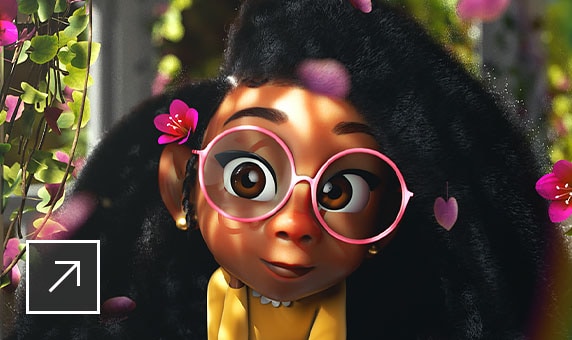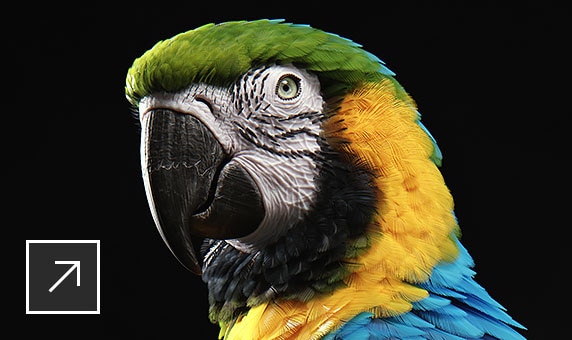From fantastic creatures to sweeping landscapes and explosive battle sequences, the Academy Award-winning Maya® toolset is a top choice for creating believable characters and the worlds around them.
Features
Powerful character creation, animation, and VFX tools
Dynamics and effects
-
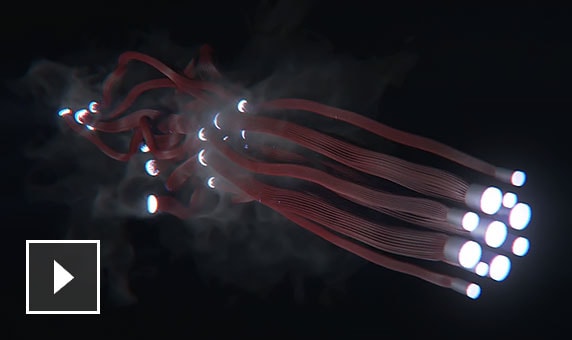
Bifrost visual programming environment
Create physically accurate and incredibly detailed simulations in a single visual programming environment. (video: 4:49 min.)
-
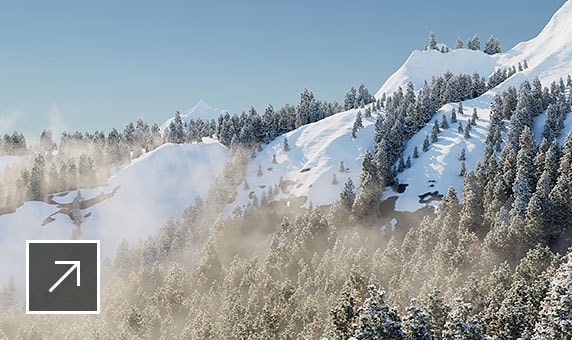
Ready-to-use graphs
Create great-looking effects, such as snow and dust storms, right out of the box with prebuilt graphs.
-
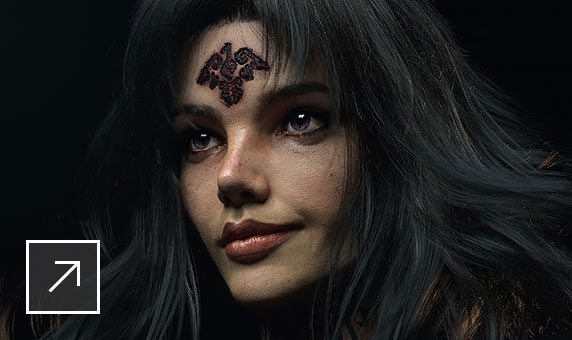
Interactive hair grooming
Use powerful interactive groom tools to create realistic hair and fur for your characters.
-
-
Bifrost Ocean Simulation System
Create realistic ocean surfaces with waves, ripples, and wakes.
-
Physics and effects
Create highly realistic rigid, soft-body, cloth, and particle simulations.
-
-
3D animation
-
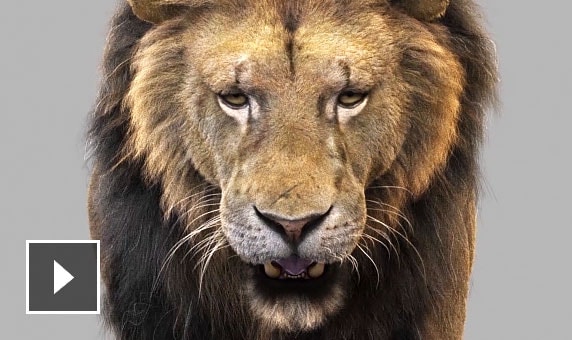
Fast playback
Review animations faster and produce fewer playblasts with cached playback in Viewport 2.0. (video: 12 sec.)
-
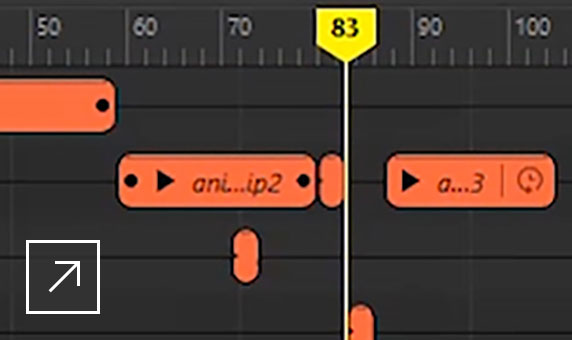
Time Editor
Make high-level animation edits with a nondestructive, clip-based, nonlinear editor.
-

Graph Editor
Create, view, and modify animation curves using a graphical representation of scene animation.
-
New | Ghosting Editor
Precisely visualize movement and the position of animated objects over time.
-
Deformation effects
Enhance character and object animation with powerful deformation effects.
-
Rigging
-
Character setup
Create sophisticated skeletons, IK handles, and deformers for characters that deliver lifelike performances.
-
-
Retargeting
Easily transfer animation between skeletons that have the same or different skeletal structures.
3D rendering and shading
-

Integrated Arnold renderer
Use Arnold Render View to view scene changes in real time, including lighting, materials, and cameras.
-
-
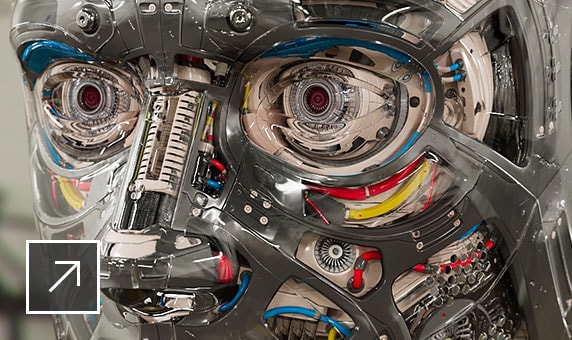
Standard Surface Shader
Model materials such as car paint, frosted glass, and plastic, and preview renders in the viewport.
-
Look development with Hypershade
Build shading networks by creating and connecting rendering nodes, such as textures, materials, and lights.
-
3D modeling
-
-
-
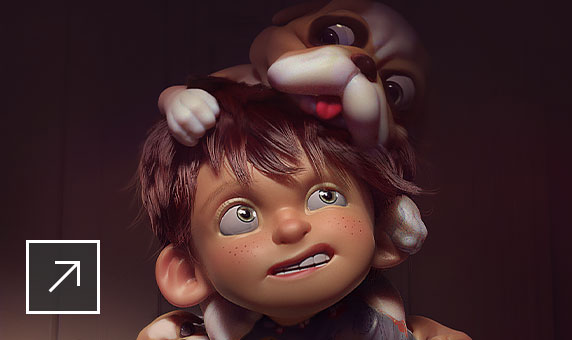
UV editing and toolkit
View and edit the UV texture coordinates for polygon, NURBS, and subdivision surfaces in a 2D view.
-
-
-
Motion graphics
-
MASH procedural effects
Use MASH to create versatile motion design animations with procedural node networks.
-
3D Type
Create branding, flying logos, title sequences, and other projects that require text.
-
Pipeline integration
-
New | Python 3
Create Maya scripts and write plug-ins using Python 3.
-
-
Scene Assembly tools
Create large, complex worlds more easily and manage production assets as discrete elements.

